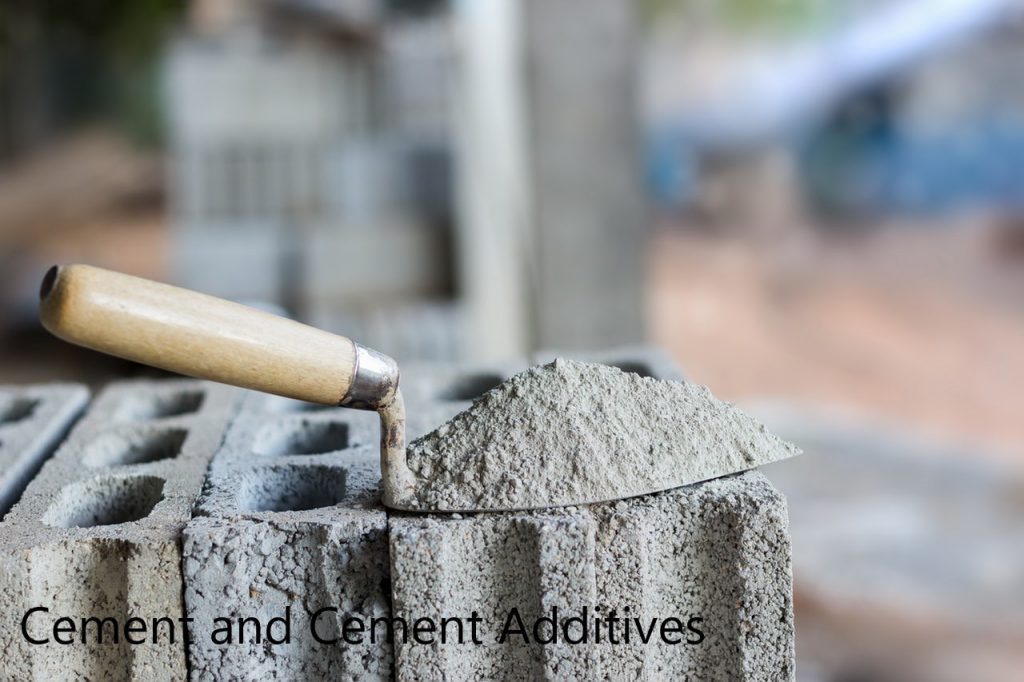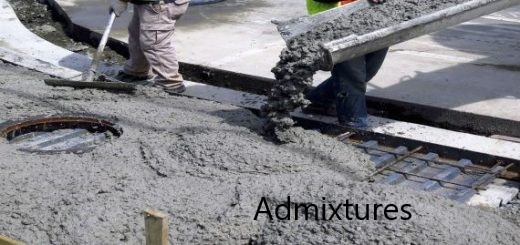As civil engineers continue to seek out new and innovative materials for infrastructure projects, white concrete is an ideal solution. White concrete is becoming a popular choice for many types of projects due to its versatility and its ability to provide a clean, aesthetically-pleasing surface. In this blog article, we will explore the benefits of this special concrete and explain why it is an excellent option for civil engineers.
What is White Concrete
White concrete is a type of concrete that is mixed with white aggregates such as crushed limestone, marble, or quartz instead of traditional gray aggregates like gravel and sand. The use of white aggregates results in a concrete mixture that appears white or light gray in color, rather than the typical gray color of traditional concrete. White concrete is often used in architectural and decorative applications where aesthetics are important, such as for countertops, flooring, and decorative walls. It can also be used in structural applications where a lighter color is desired, such as for bridges or other infrastructure.
White concrete can be more expensive than traditional gray concrete, due to the cost of the white aggregates or white cement used in the mix. However, the unique look and design potential of white concrete make it a popular choice for many high-end projects. White concrete can also be polished to a high gloss, giving it a luxurious appearance that is often used in high-end residential and commercial applications.
It’s worth noting that while white concrete is generally more stain-resistant than traditional gray concrete, it is still porous and can be susceptible to discoloration from certain substances. As with any concrete surface, proper sealing and maintenance is important to maintain its appearance over time.
White concrete is a new type of concrete that can be used for a wide range of construction projects. It can be used for everything from building homes to making sidewalks. The white color comes from a special pigment that is added to the concrete during the manufacturing process.
White concrete allows builders to make highly stylized structures with geometric designs or complex shapes. White concrete was first used in the mid-2000s by architects looking for an affordable way to build modern, minimalist buildings. Although it is still very rare in the United States, it has become increasingly popular in some other countries because of its cost and versatility.

Benefits of White Concrete
One of the main benefits of white concrete is its versatility. White concrete can be used for a wide variety of applications, including sidewalks, driveways, and even buildings. Additionally, white concrete is easy to maintain and can be cleaned with a simple power washer.
Another benefit of white concrete is its aesthetic appeal. White concrete provides a clean and sleek look that is becoming increasingly popular in the world of architecture and design. Additionally, white concrete is a great choice for projects that require a high level of cleanliness, such as hospitals and food processing facilities.
If you are a civil engineer looking for an innovative material for your next project, white concrete is an excellent option to consider. White concrete is versatile, easy to maintain, and provides a clean and aesthetically-pleasing surface.
As white concrete becomes an increasingly popular choice for civil engineers, it is important to understand the many benefits that this material offers. White concrete is versatile, easy to maintain, and provides a clean and aesthetically-pleasing surface.
Uses of White Concrete
White concrete is a type of concrete that has a white pigment added to it, usually Portland cement. White concrete is used in driveways and patios as well as in exterior walls and fireplaces.
White concrete can be used to create decorative driveways, where the color of the concrete is the main point of interest. While you can use colored cement to add color to your driveway, this type of colored cement doesn’t hold up well over time. If your driveway will see daily foot traffic or vehicle traffic, you should avoid using colored concrete because it will wear down quickly.
White Concrete Construction Concrete contractors may also choose to use white concrete for interior construction projects such as fireplaces and walls. For interior design purposes, white concrete can be tinted with just about any color.
However, if your purpose is simply to help block the sun from coming into your home or business through windows or skylights, white cement alone may do the trick without adding any other colors. White Concrete Patio Paving If you’re planning on creating a patio area for outdoor entertaining purposes, you might want to consider using white polymer sand mix (WPS) for your patio pavers or bricks.
With WPS, people who are seeking out low maintenance options have found an answer they like because they don’t have to seal their WPS once they get it installed on their property. WPS products are available both online and at most brick & paver wholesalers across the country.


